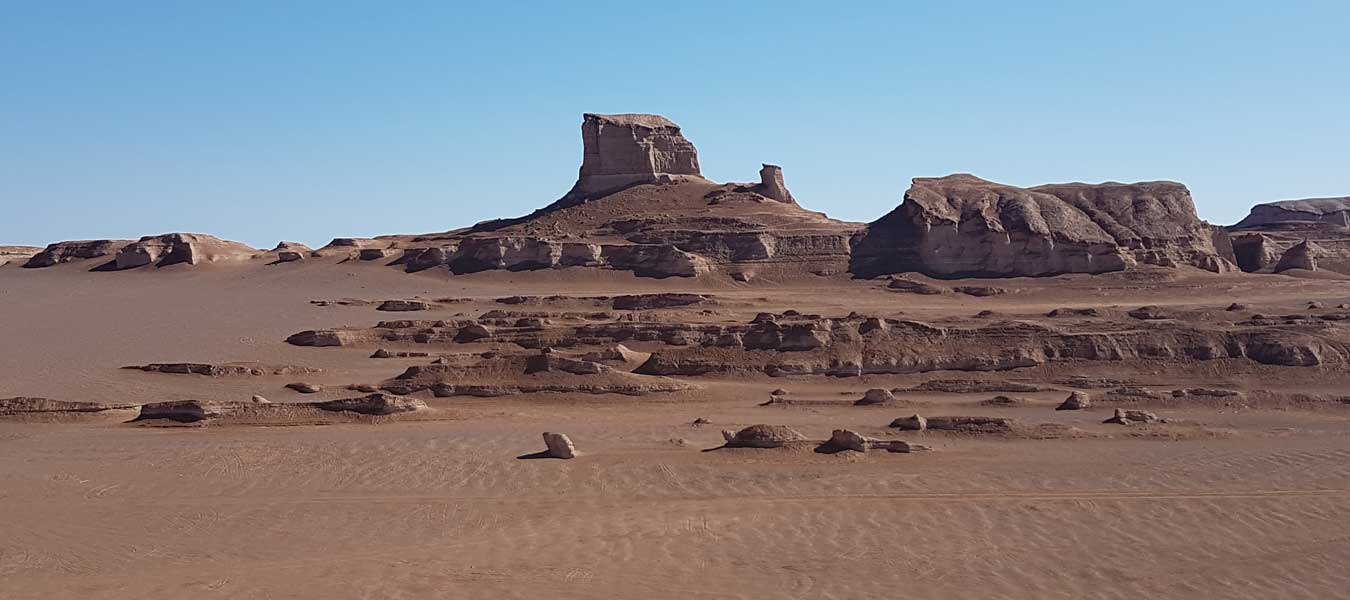I have traveled many times to Kerman, this wondrous city of diverse natural sites. This time I was determined to visit one of the eleven Qanats, a construction inscribed by UNESCO in 2016 as a World Heritage Site.
It is indeed one of the greatest experiences I had in Iran visiting the Qanat of Gowhar-riz in Kerman, knowing at the same time what it does and when and how it had been dug. Qanat was invented in Iran thousands of years ago, with a simple structure but a genius mind behind it. Later on, it was adopted in many other arid regions of the Middle East and around the Mediterranean countries. The Qanat or kāriz simply leads water from the level of an aquifer (or underground water source) to where it meets the ground through the conduct of gravity. The reason for such construction is mainly for cultivation, irrigation and simply bringing life to the arid areas, which form a huge part of Iran. Qanat does not consume any kind of fuel contrary to nowadays pumped wells; they just drain out the overflow of the underground water and do not suck the aquifer out of the water, they say.
From a top view, the land is marked by the craters of some wells dug to the tunnel here and there, so that they could maintain the running of air through the whole channel. As I see it many people living in the cities of Iran are not even aware of such a system running under the deserts of their country. However, some locals have been so astonished by the craters on the land and length of the tunnels that they thought they were created by some supernatural powers.
Although a huge Qanat, Gowhar-riz is not the most famous one in Iran. One of the oldest and largest Qanats is in the city of Gonabad, which is still providing drinking and agricultural water after 2,700 years. It is 360 meters deep and 45 kilometers long. The longest one, as they say, is, however, the Qanat of Zarch, with a length of 100 km. Its mother well, the first well, is 90 meters deep and has more than 2,000 well shafts. Zarch is a city located 15 kilometers west of Yazd in central Iran.
I had this opportunity of getting to Gowhar-riz. The breeze was cool and my feet were wet in the cool water. The digger was walking beside me as a guide. I needed to have a close encounter to understand its magnitude.












Leave a reply